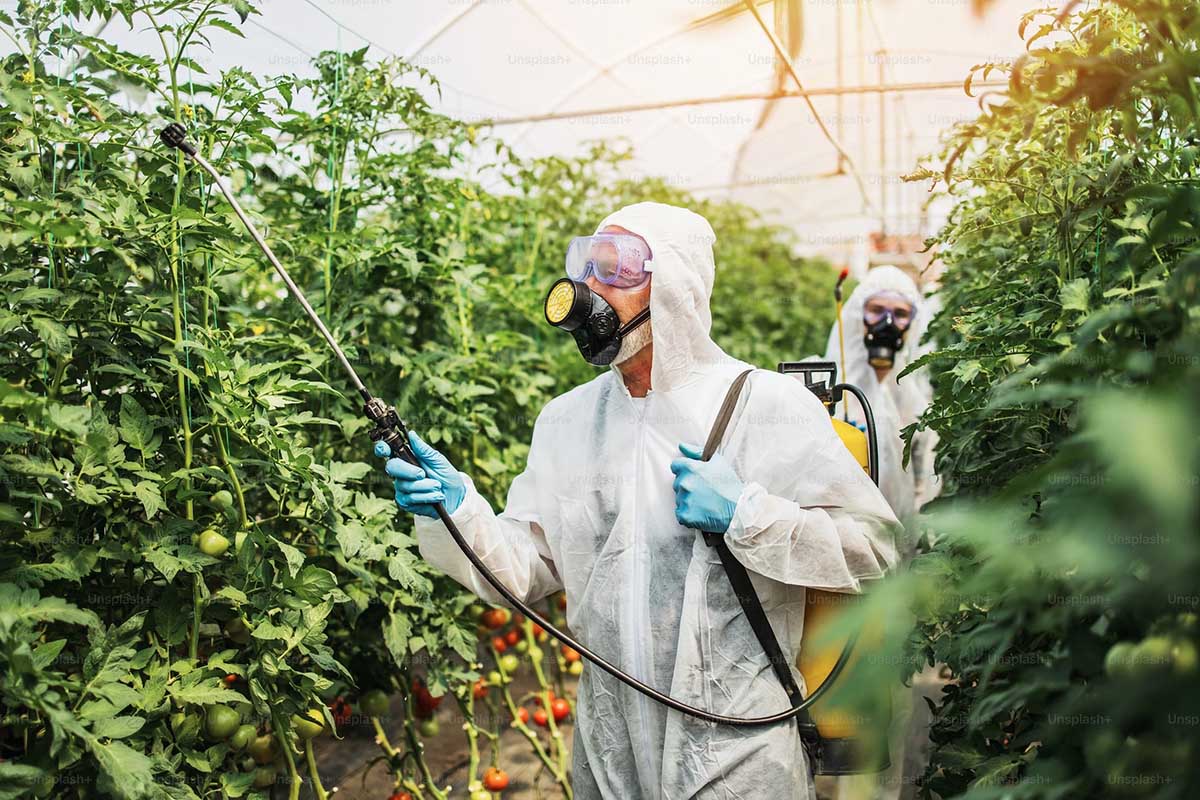Trachymyrmex septentrionalis and the cultivation of fungi in gardens
Keeping in mind their usefulness in maintaining healthy soils, a group of U.S. scientists studied how ants, upon detecting the presence of infectious material within grass rows, are inclined to uproot weeds and keep soils more cured.
The study in question is based on one ant species in particular, namely Trachymyrmex septentrionalis, which is primarily located in American pine-barrens (of pine forests that extend along the Atlantic coast of North America), but is also found in private gardens. These ants, like numerous other species, are inclined to cultivate fungi in their colonies through a supply of grass and cut leaves within the colony, which will then be useful for feeding the fungi themselves. This activity is based on a relationship of mutualism between ants and fungi, developed through the refined communication techniques by ants. These include, for example, the release of pheromones, acts of stridulation, and direct contact with other individuals, which are useful for warning of danger or signaling the presence of food in certain areas. However, communication between ants and fungi is an area of study that is still being explored, and there is little information about it.
Peptaibol: the substance that can alarm ants
Within the same study, an infectious disease in Trichoderma fungi was tested to observe the reaction of ants to such an event. In order to pay more attention to the care of the fungi, the ants take care to eradicate as many weeds growing around them as possible. But one of the scientists who worked on the research, Dr. Katie Kyle, noticed how these weed eradication activities can increase when the fungus is infected. Specifically, it was noted how a particular family of chemical compounds, called peptaibol, can actually foment such activities and are produced directly by the fungus.
Such increased extirpation activities also benefit the health of the entire soil near the ant hill. This is because weeds can be harmful in a variety of ways, such as competition for solar radiation, water and nutrients with other plants, or a propensity for pest and disease formation. Therefore, the presence of Trichoderma infection on ant-grown fungi would create a chain mechanism and produce beneficial effects for garden care. Moreover, it would turn out to be a natural alternative to the use of herbicides to control weed development, which turns out to be a very polluting method.
Numerous question marks, however, remain regarding the study on the relationship between ants and fungi, and also regarding their communication process. Moreover, the study is based on a precise species of ants found in a restricted area in the world, so further studies on other ant species in different areas would be useful in order to observe whether the effects obtained are nearly similar.
However, such a study can be considered pioneering in research concerning ant behaviors as a defense mechanism to external infections. With the right anthropogenic input, through induced infections on specific fungi and the presence of an ant farm, gardens (and beyond) may in the future need less herbicides and be more alive and healthier .

Graduated in Environmental Humanities from Ca’ Foscari University in Venice. He is passionate about sustainability, food, geography and animal studies, mainly in relation to contemporary issues. He found Atmosphera Lab a perfect place to express himself.







